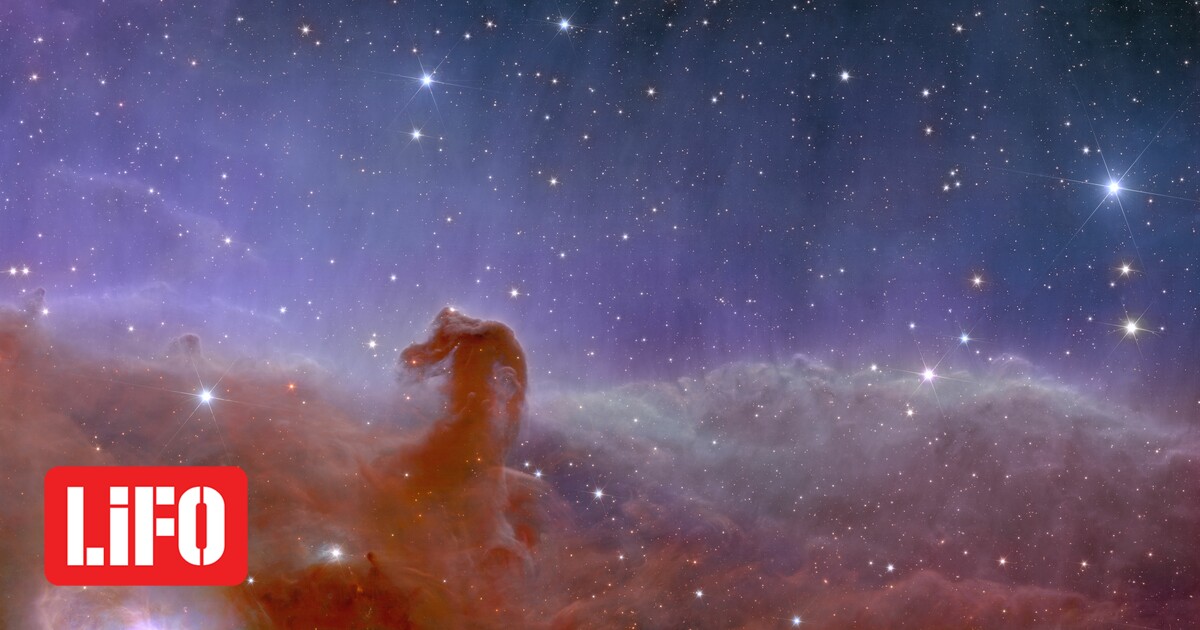
New images have been released from the Euclid Space Telescope, and mark the beginning of a new era for the study of dark matter.
NASA teams support Euclid Space Telescope With hardware, scientific support and data processing. the First color images from the Euclid Space Telescope (Euclid) was released today by the European Space Agency (ESA). these pictures It is described as a revolution in astronomyNever before has a telescope been able to capture such clear images of such a large portion of the sky and peer out into the distant universe.
The five images released today show that the telescope is poised to create the largest 3D map of the universe yet And reveal some of its hidden secrets. From bright stars to faint galaxies, Euclid’s records show the entirety of these celestial bodies with remarkable clarity.
especially, The first image records 1,000 galaxies belonging to the Perseus group. One of the closest galaxy groups to Earth, with more than 100,000 additional galaxies farther away. Many of them were not visible in the past, and some are so far away that it took ten billion years for their light to reach us.
Image: ESA/Euclid/Euclid Consortium/NASA
in The second image records one of the first galaxies observed by EuclidThe “hidden galaxy” also known as IC 342 or Caldwell 5. Located about eleven million light-years from Earth, this galaxy is difficult to observe because it lies behind the disk of our Milky Way Galaxy and thus dust and gases. The stars obscure his vision. Euclid used a near-infrared instrument to look through the dust. And to see the entire galaxy.
Image: ESA/Euclid/Euclid Consortium/NASA
To create a 3D map of the universe, Euclid will monitor light coming from galaxies ten billion light-years away. Most galaxies in the early universe do not appear to be perfectly organized spirals, but rather irregular and small. They are the building blocks of larger galaxies like our own, and we can find some of these galaxies relatively close to us. he The first irregular dwarf galaxy observed by Euclid is captured in the third image. It’s called NGC 6822 and it’s nearby, just 1.6 million light-years from Earth.
Image: ESA/Euclid/Euclid Consortium/NASA
the The fourth image depicts a spherical cluster It’s called NGC 6397. Globular clusters are collections of hundreds of thousands of spherical-shaped stars held together by gravity. NGC 6397 is the second closest globular cluster to Earth and is located about 7,800 light-years away. At present, no telescope other than Euclid can observe an entire globular cluster in a single observation and at the same time distinguish several stars in the cluster. These faint stars tell us about the history of our galaxy and where dark matter exists.
Image: ESA/Euclid/Euclid Consortium/NASA
Finally, Euclid shows us one An impressive panoramic and detailed view of the Horsehead Nebula, part of the Orion constellation. In observing Euclid, scientists hope to find many faint or not yet visible Jupiter-mass planets in their celestial budding, as well as small brown dwarfs and newborn stars.
Image: ESA/Euclid/Euclid Consortium/NASA
The Euclid Space Telescope was built and operated by the European Space Agency.
With information from APE-MPE

“Avid problem solver. Extreme social media junkie. Beer buff. Coffee guru. Internet geek. Travel ninja.”





More Stories
In Greece Porsche 911 50th Anniversary – How much does it cost?
PS Plus: With a free Harry Potter game, the new season begins on the service
Sony set to unveil PS5 Pro before holiday season – Playstation